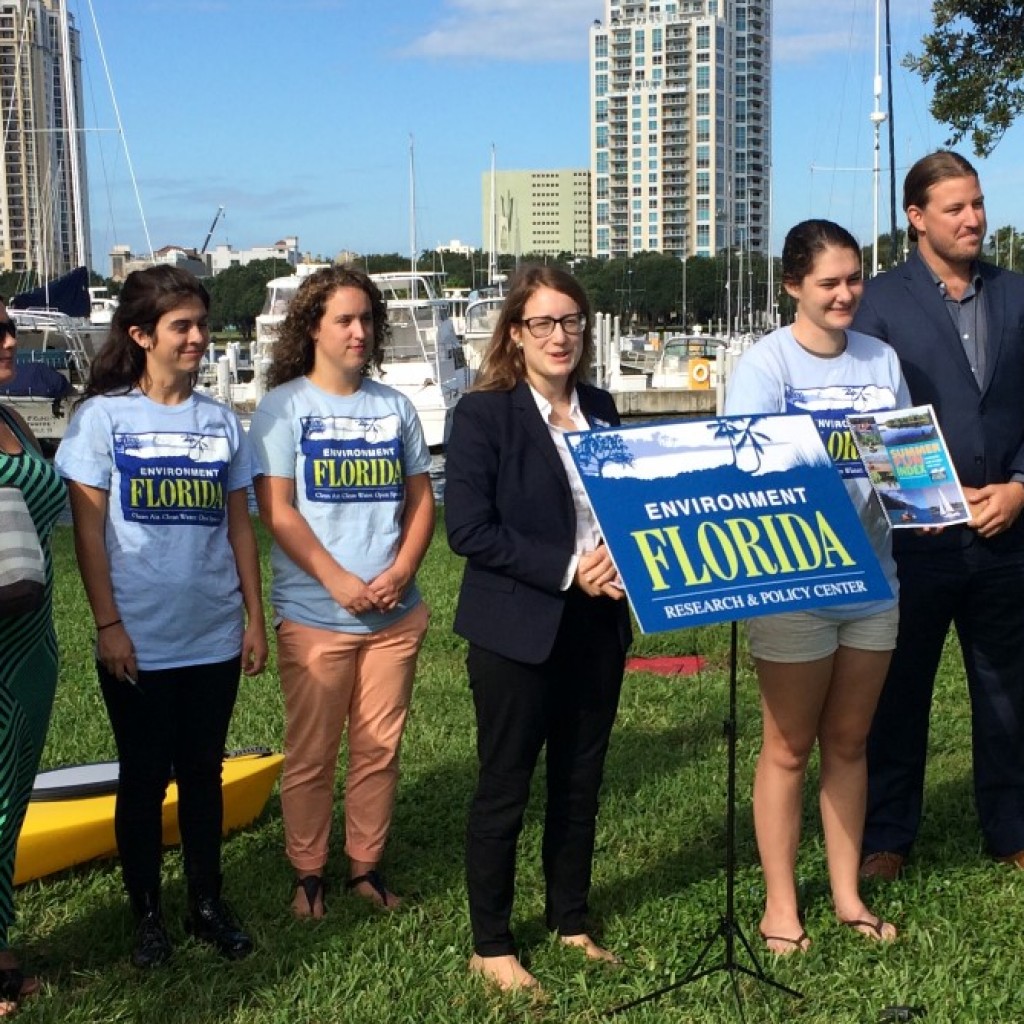
Florida is home to more registered boats than any other of the 28 states evaluated in a study released Thursday by the group Environment Florida. The “Summer Fun Index” compiled by the group’s research and policy center shows that more than 37 million people visit the Sunshine State’s waterways each year.
“There’s nothing quite like boating in Tampa Bay,” said Jennifer Rubiello, the state director for Environment Florida.
In addition to having a boatload of, well, boats, Florida also ranked in the top five for the number of registered fishermen and summer camps with water activities.
That’s why Rubiello said it’s so important that Florida especially abide by new Clean Water standards established by the federal Environmental Protection Agency.
The Clean Water Rule approved in May went into effect Aug. 28 and requires permitting for any dumping into or polluting of waterways including rivers and streams.
Based on a series of U.S. Supreme Court decisions and more than 800,000 public comments in favor of the Clean Water Rule, the updated regulation now includes smaller bodies of water that feed into larger systems.
In the Tampa Bay area, that means recreational hotspots such as the Hillsborough River and Tampa Bay are now protected under the rule.
That’s important because, as Rubiello said, anyone who paid attention in third grade knows that all water is connected.
“It’s important to us that we invest in protecting our waterfront,” St. Pete City Council member Karl Nurse said during a news conference overlooking the downtown waterfront.
The EPA’s Clean Water Rule deals primarily with large-scale developers and has minimal effect on cities or other localities. That means that the city’s recent 31 million gallon dump of raw and partially treated sewage wasn’t a no-no under the federal protection.
Instead, Nurse said it’s a graphic illustration of a much broader problem faced by St. Pete and many cities across the nation. They aren’t keeping up with repairs on the aging storm and wastewater infrastructure.
The city was forced to make a decision about what to do with overflowing sewage in the midst of a historical rain event in early August. The result was 16 million gallons of raw sewage dumped into environmentally sensitive wetlands plus another 15 million gallons of partially treated sewage.
The high-profile and much-debated dump put a spotlight on the city’s water infrastructure.
“There are pipes underneath you right now that are 75 years old,” Nurse said, adding that at the rate the city is keeping up with repairs, they’ll need to last another 75 years.
That’s not likely to happen.
Nurse said he expects that ultimately it will cost $500 million to perform necessary improvements to the city’s system.
Meanwhile, St. Peteresburg residents can still enjoy a Bay that is the healthiest it’s been in several decades with the hope that it will stay that way based on the newly implemented rule.
“Water-related recreation is a major part of why people live in Tampa Bay,” Nurse said.



